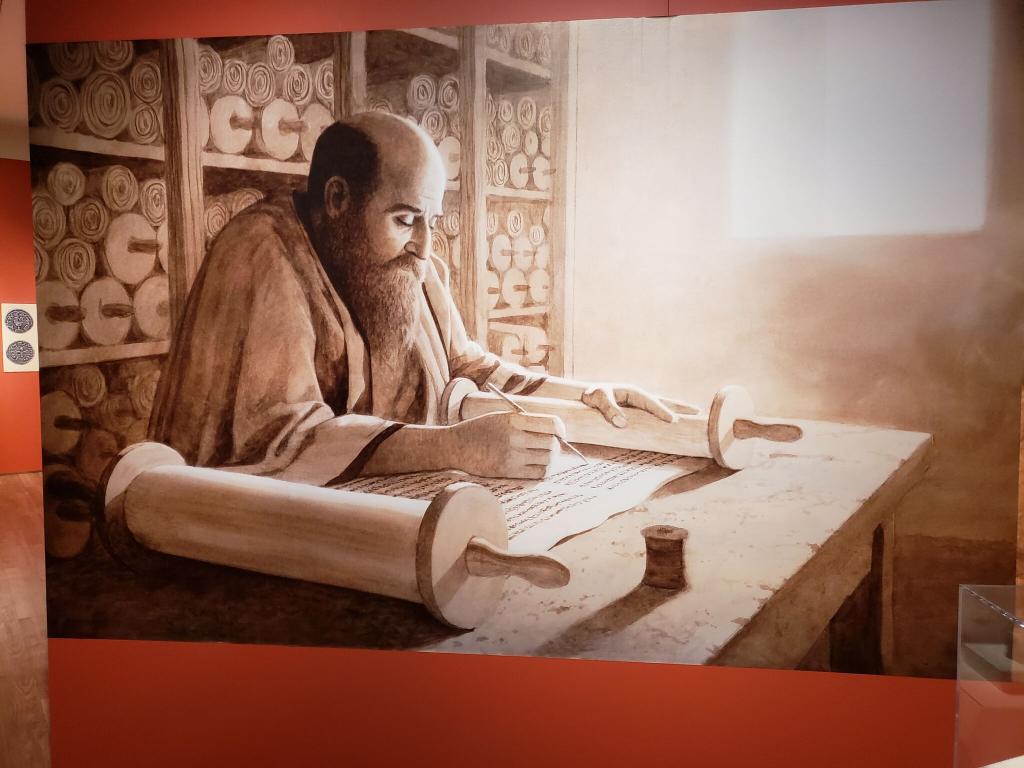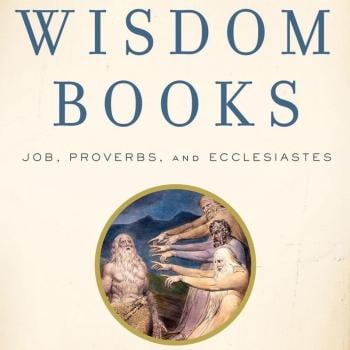Here’s a helpful post by my old friend Larry Hurtado….. see what you think. BW3
by larryhurtado
In a number of blog postings and publications I’ve referred to “copyists” and distinguished their work (copying a text by hand) from “readers/users” of texts (individuals who invested time in studying a text, and who might well make changes to it, believing that thereby they were correcting some error in their copy or were removing ambiguities, or who might add marginal notes, etc.). In earlier studies, scholars often referred to “scribes”, and one still sees this term used to refer to the copying of Greek texts. But it’s not helpful. It blurs the distinction between the task and conventions of copying Greek texts and the role of readers/users of texts.
The first thing to note is that “scribes” in Jewish tradition were individuals who studied Torah and were deemed authoritative interpreters of it. These are the guys mentioned in the Gospels often as critics of Jesus. They didn’t make their living copying texts.
So, to avoid confusion, the term “copyist” is a better label for individuals who . . . copied out texts. Some of them in the Roman period were professionals, who got paid for their work on the basis of the length of text copied. In some other cases, wealthy individuals had texts copied for them by household slaves trained to do so. In still other cases, it appears that individuals made their own personal copies of texts.
My preference for “copyist” isn’t idiosyncratic. I point to the comments by the distinguished papyrologist Peter Parsons: “Copyists of Oxyrhynchus,” in Oxyrhynchus: A City and Its Texts, ed. A. K. Bowman et al. (London: Egypt Exploration Society, 2007), 262-70. Note especially this one, where he makes the distinction between “scribes” (“a professional member of a sacred calling”) and “copyists”, and wrote, “We owe our literary papyri not to scribes, but to copyists” (262-63).
As others have noted also, copyists didn’t take the time to make intentional changes. E.g., Ulrich Schmid, “Scribes and Variants: Sociology and Typology,” in Textual Variation: Theological and Social Tendencies?, ed. H. A. G. Houghton and D. C. Parker (Piscataway, NJ: Gorgias, 2008), 1-23. The job of copyists was to copy the texts put before them. They might be good at it, or not so good. They might accidentally omit words or even larger amounts of text through a slip of their eye. The might repeat a word or phrase. They might produce an altered word-order (often correcting an overlooked word). These sorts of variants come by the bushel in ancient texts.
But the larger and intentional variants (e.g., the various endings of Mark beyond 16:8, or 1 John 5:7, or the insertion of the pericope of the adultress, et alia) were the product of serious readers and students of the texts, who took the time to try to “improve” them in various ways. The readiness to do this wasn’t indicative of whether a text was considered “canon” or “scripture.” I’ve noted, for example, how various readers of Acts seem to have produced what were intended as “disambiguating” variants at a number of places where the original reading was likely “kyrios” and it’s not immediately clear whether the referent is God or Jesus: Larry W. Hurtado, “God or Jesus? Textual Ambiguity and Textual Variants in Acts of the Apostles,” in Texts and Traditions: Essays in Honour of J. Keith Elliott, ed. Peter Doble and Jeffrey Kloha (Leiden: Brill, 2014), 239-54 , republished in Larry W. Hurtado, Texts and Artefacts: Selected Essays on Textual Criticism and Early Christian Manuscripts (London: BloomsburyT&T Clark, 2017), 64-80.
So, let’s follow Parsons in using “copying/copyists” to designate the transmission of a text by hand, and “readers/users” to refer to those individuals who used the texts copied, and who were responsible for making any intentional changes in them.















